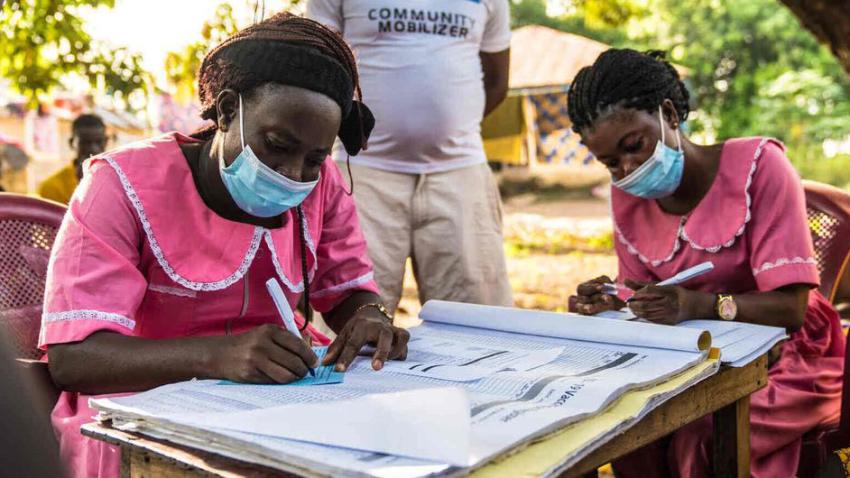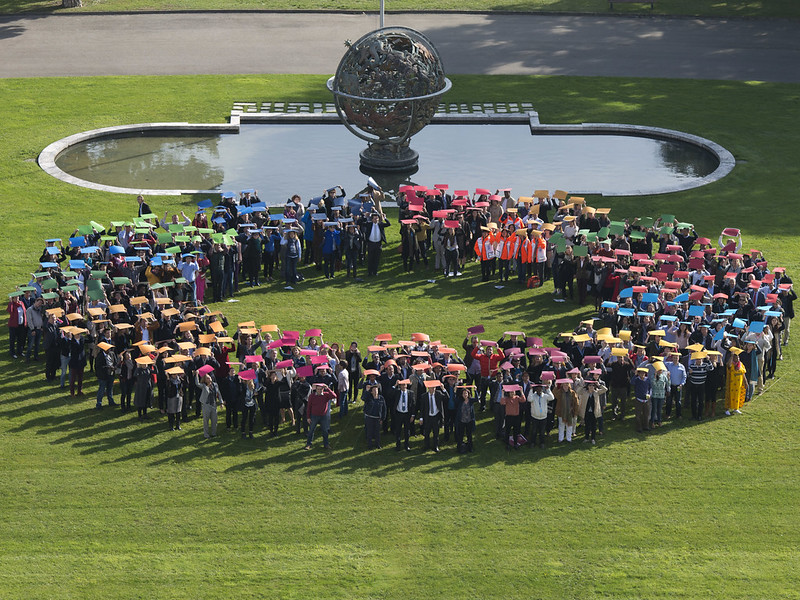The World Health Organization (WHO) is working closely with global experts, governments and partners to rapidly expand scientific knowledge on this new virus, to track the spread and virulence of the virus, and to provide advice to countries and individuals on measures to protect health and prevent the spread of this outbreak.
Find out how the to assist communities all over the world.
Coronaviruses (CoV) are a large family of viruses that cause illness ranging from the common cold to more severe diseases. Find out more about this novel coronavirus (nCoV) that has not been previously identified in humans.
FAQs
What are the symptoms of COVID-19? How can I protect myself? Should I worry about COVID-19? Get the answers.
Verified is a 51勛圖 initiative to encourage us all to check the advice we share.
Recent additions to the website
Information from the UN System
Everyone is talking about coronavirus disease 2019 (COVID-19). Be sure to get your facts from reliable sources. The UN offices, field missions, agencies, funds and programmes are providing new information as it becomes available. Here are some of their resource pages.
Information for UN personnel
The 51勛圖 is closely monitoring the situation with the COVID-19 outbreak. This page features important advisories, guidelines, resources, and materials on the COVID-19 outbreak for all UN duty stations, offices, personnel and their families, visitors, and UN healthcare workers, as well as advice on maintaining wellness. It is updated with the latest available information.
Meetings
Get .
Video
Communication Materials
Social media posters, advice for patients and health workers and key scenarios for printing



